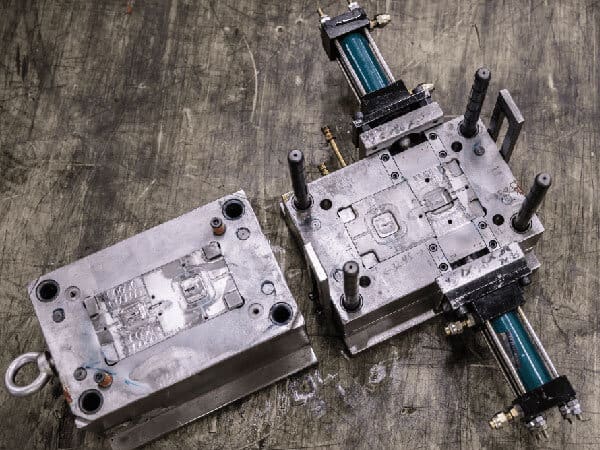Revolutionizing Manufacturing: The Power of Rapid Injection Molding
In today's fast-paced and competitive manufacturing industry, the need for innovative and efficient production methods has never been more pressing. This is where the game-changing technology of rapid injection molding comes into play. By harnessing the power of rapid injection molding, manufacturers can streamline their production processes, minimize time-to-market, and effectively meet the demands of a dynamic market landscape. The versatility and speed of this manufacturing method offer a myriad of benefits that are revolutionizing the industry as we know it.
Benefits of Rapid Injection Molding
Rapid injection molding offers significant time savings, allowing for quick production and delivery of high-quality parts. This speed advantage enables companies to bring new products to market faster, gaining a competitive edge in the industry.
Another key benefit of rapid injection molding is cost-effectiveness. By streamlining the production process and minimizing material waste, companies can save on manufacturing expenses while maintaining a consistent level of quality in the final products.
In addition to speed and cost savings, rapid injection molding provides the flexibility to iterate designs quickly. This means that companies can make adjustments on the fly, testing out different prototypes and fine-tuning their products before committing to mass production.
Applications in Various Industries
Rapid injection molding is making significant waves in the automotive industry. With the ability to quickly produce high-quality prototypes and end-use parts, automotive manufacturers are benefiting from reduced lead times and cost savings. Components such as interior trim pieces, brackets, and even engine parts can now be efficiently manufactured using rapid injection molding, allowing for faster production cycles and enhanced product development.
In the consumer electronics sector, the demand for short production runs and customization is ever-growing. Rapid injection molding offers a solution by enabling manufacturers to swiftly create intricate and functional parts for devices such as smartphones, tablets, and wearables. This technology allows for the quick iteration of product designs, ensuring that electronic devices keep up with the fast-paced market trends and consumer preferences.
Medical device companies are also leveraging rapid injection molding to accelerate their product development processes. From prototyping surgical tools to producing low-volume medical device components, the speed and precision of this manufacturing method enable medical manufacturers to bring innovative products to market faster. By utilizing rapid injection molding, medical companies can shorten time-to-market and address the increasing demand for custom, patient-specific solutions.

Future Trends in Rapid Injection Molding
Innovations in materials are expected to play a significant role in the future of rapid injection molding. Companies are exploring advanced materials that offer enhanced properties such as increased strength, durability, and heat resistance. These developments will open up new possibilities for manufacturing complex geometries with improved performance characteristics.
Automation is another key trend shaping the future of rapid injection molding. As technology continues to advance, we can expect to see increased automation in the injection molding process. This includes the use of robotics and artificial intelligence to optimize production efficiency, reduce cycle times, and minimize errors. Automation will not only speed up production but also enhance the overall quality of molded parts.
Sustainability is becoming a critical focus in the manufacturing industry, and rapid injection molding is no exception. In the future, we are likely to see a greater emphasis on eco-friendly practices within the injection molding process. This may involve the development of biodegradable materials, energy-efficient production methods, and recycling initiatives to reduce waste and minimize the environmental impact of manufacturing operations.